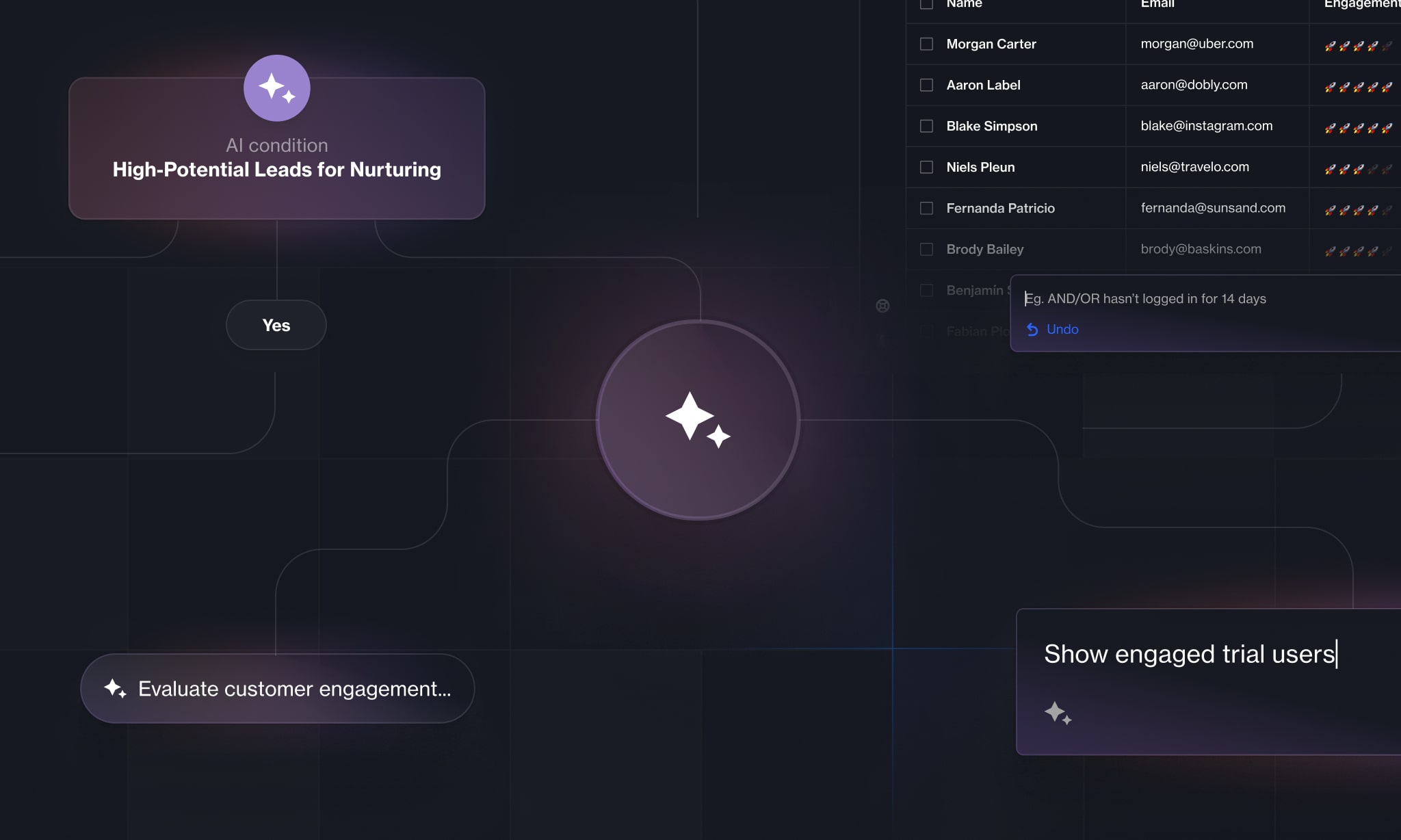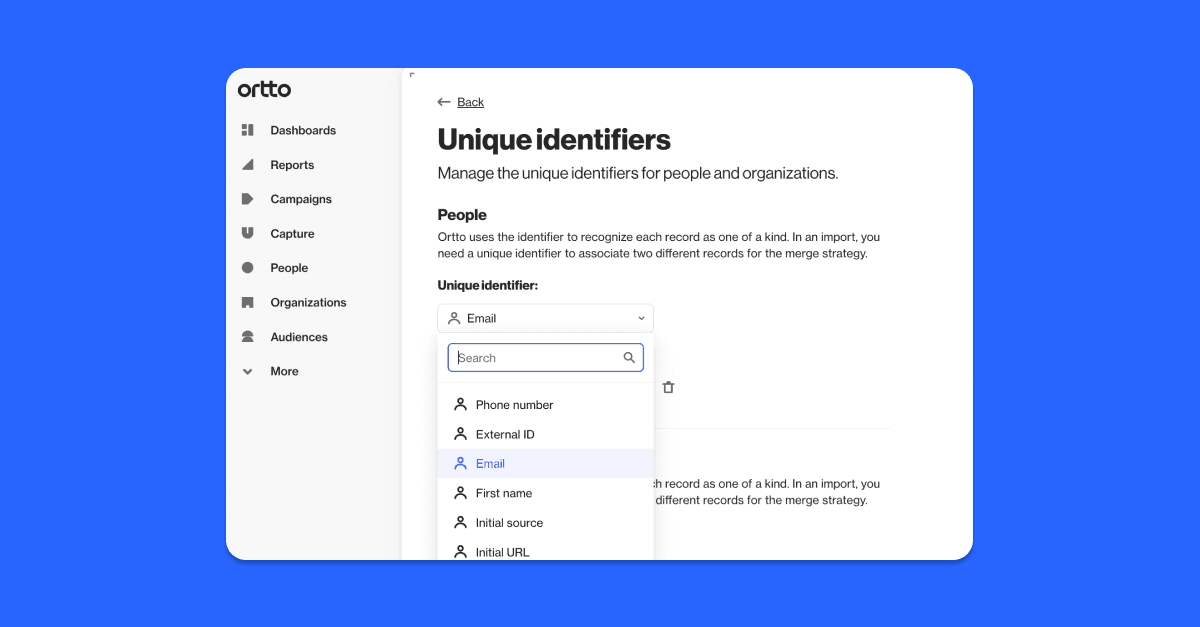Email is the most popular channel in the marketing playbook — and with good reason. It's low-cost, can be automated and personalized at scale, and tends to be a preferred form of communication for both B2B and B2C customers.
Since so much of email marketing today is automated, investing in the right software is crucial to your success. For startups, choosing the right software is more than just streamling workflows and putting together effective campaigns now, it's about setting up the foundations for a growth engine that can scale fast.
How to choose the best email marketing software for your startup
When choosing your martech stack as a startup, it's best to make a choice for the business you plan on becoming in the future, rather than selecting a tool that works for you right now. Yes, there may be limitations around how much you can reasonably spend on your martech stack right now, but modern platforms can solve for this with startup programs or scale-with-you plans, and if you commt to using your platform to its full potential, you'll often eliminate the need for additional tools.
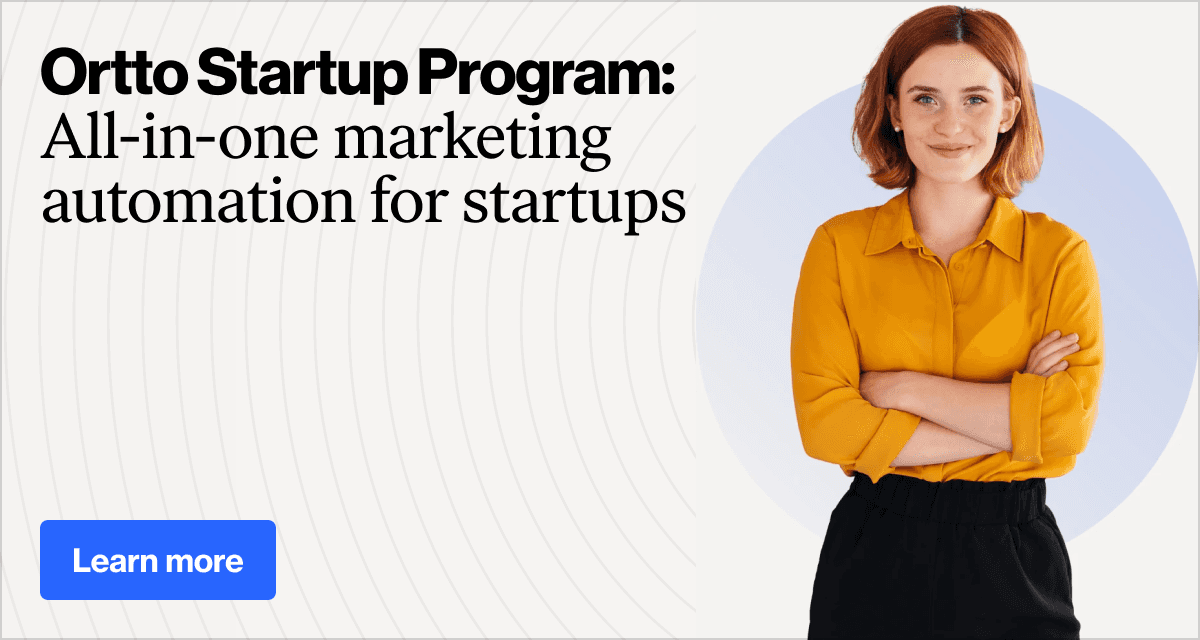
Here are a few questions to ask as you're exploring different platforms:
1. Can your platform scale with you?
You want to invest in a platform that has the architecture and features required to scale with you, and fast. This might not be a problem now, but one clever growth campaign could send your startup into a new stratosphere suddenly, and if you are not working in a platform that scales quickly, you could be left high and dry during one of the most critical moments in your business growth. Before you sign on the dotted line, find how what will happen as your contacts grow — and prepare for the very best.
2. Does the platform have the features you need and how do product updates get prioritized?
Since you're shopping for an email marketing platform, you can probably recite a few must-have feature and a handful of nice-to-haves off the top of your head. As you do your research, consider additional features that could be useful as your business grows or changes to expand on this list. When you're doing demos or free trials, check that the platform you're looking at has everything you need, and ask about how feature requests are managed and prioritized — are they in an endless cycle of fixing bugs, or are new features being added based on customer feedback? You want to know that the platform is dedicated to continuous improvement, and open to feedback from their customers. Reviews can help you here too.
Here's a list of features most marketers say they can't live without:
Audience segmentation
A journey builder `
Personalization including merge tags or dynamic content fields
Email templates and the ability to create your own templates
Analytics and reports, including acquisition reporting
Multilingual marketing and timezone sends
Transactional email setting
Link tracking
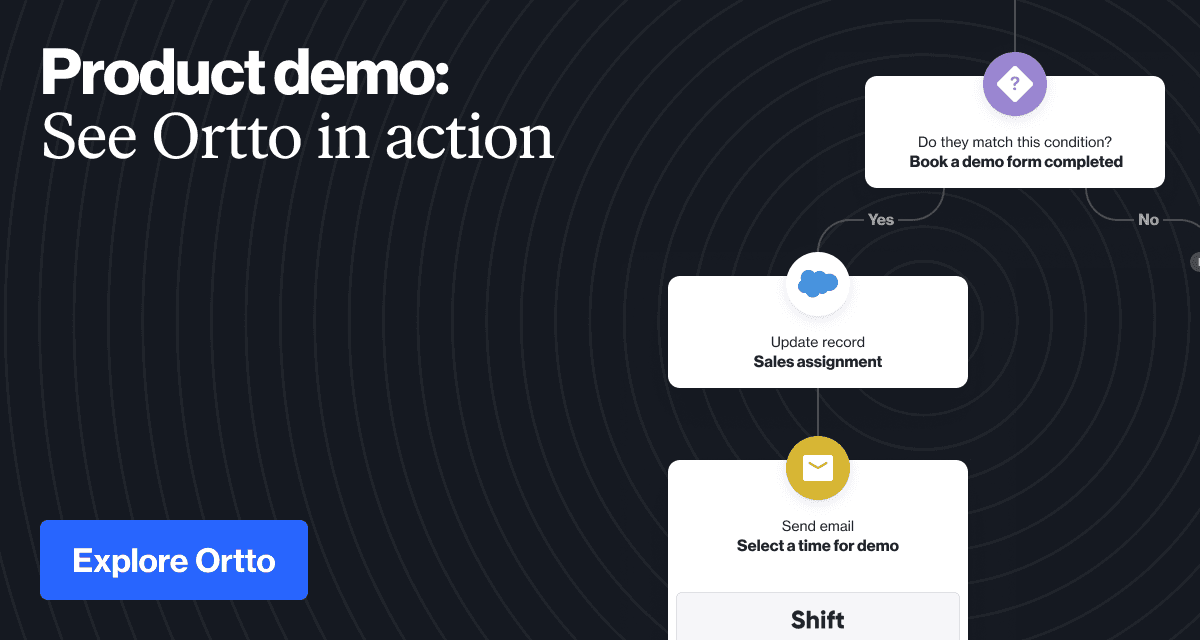
3. What else can the platform do?
Modern platforms include email marketing as part of a more robust omnichannel marketing solution. When exploring platforms, ask what they can do beyond email and consider how you can best consolidate platforms to save money, limit the number of new platforms team members need to get familiar with, and avoid creating data silos.
5. What email deliverability support is available?
You can build the most effective email in the world, but it will not perform if it's sent to spam. Email deliverability is absolutely essential to email marketing success, especially for startups who may still be establishing their domain in the eyes of Gmail and other email service providers. Ask what is available when it comes to email deliverability support — and use the resources available to you so you can land the inbox, every time.
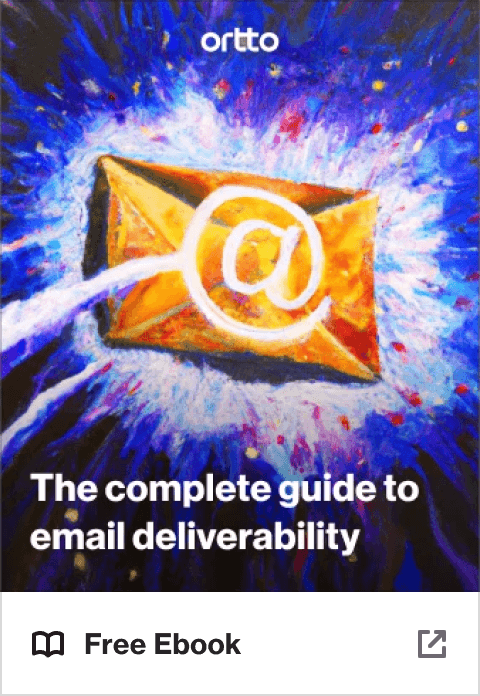
6. What kind of reporting is available?
Success with email marketing requires regular reporting. You need to be able to see metrics beyond opens and clicks to understand your domain reputation, how campaigns across the customer lifecycle are performing, and how you can better optimize your email marketing efforts.
Generating these business-critical insights requires features like attribution reporting and the ability to drill down to see how specific cohorts are interacting with campaigns.
7. What kind of privacy and security standards are in place?
To keep your customer's data secure, you need to trust that the email marketing platform you're using has world-class security and privacy policies. Ask whether they are compliant with modern standards including GDPR, ISO 27001 and SOC2, and look into features like two-factor authentication and user roles before you sign.
Best email marketing platforms for startups
1. Ortto
Known for: consolidating customer data, marketing automation, live chat, knowledge base, and robust reporting and analytics into one user-friendly tool. G2 reviewers like the ease of use, journey creation, customer support, and automation efficiency.
Ortto’s email marketing software allows users to build email marketing journeys, personalize messages, A/B test, and track and analyze results.
It is connected to a customer data platform and has integrations with products like Salesforce, Recurly, and Pipedrive to connect your data for personalization efforts and reporting. If you are looking to consolidate your martech stack, Ortto also offers features like AI-powered live chat, pop-ups, and lead scoring.
Main features:
Team collaboration and sharing
SMS marketing
In-app messaging
Drag-and-drop editor
Brand book
Visual journey builder
Mobile insights reporting
Marketing automation
Lead management
Lead scoring
A/B split testing
Smart segmentation
AI tools including subject line recommendations
Facebook and Google ads
Marketing automation templates
Known and anonymous visitor tracking
Email deliverability support
2. Mailchimp
Known for: batch and blast email marketing.
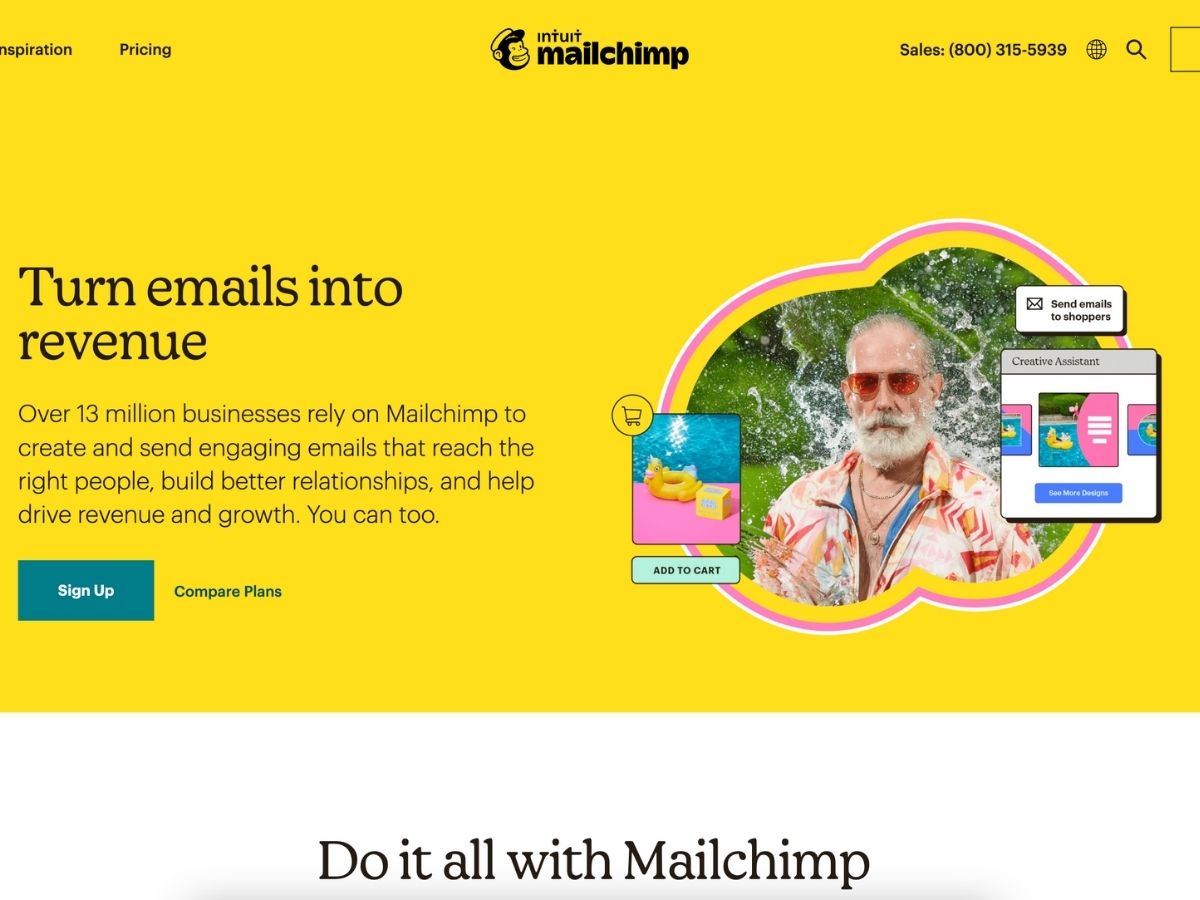
Mailchimp’s simple, entry-level email marketing software is known around the world, with 13 million businesses across 175 countries using its services. With Mailchimp, marketers can put the audience at the center of their marketing strategy, making it easy to send emails that convert.
Its main features include:
Drag-and-drop editor
Mobile insights reporting
Marketing automation available on every plan
Lead management
High-volume sending
A/B split testing
Facebook and Google ads
Marketing automation templates
Basic reporting
3. Campaign Monitor
Known for: a simple drag-and-drop editor.
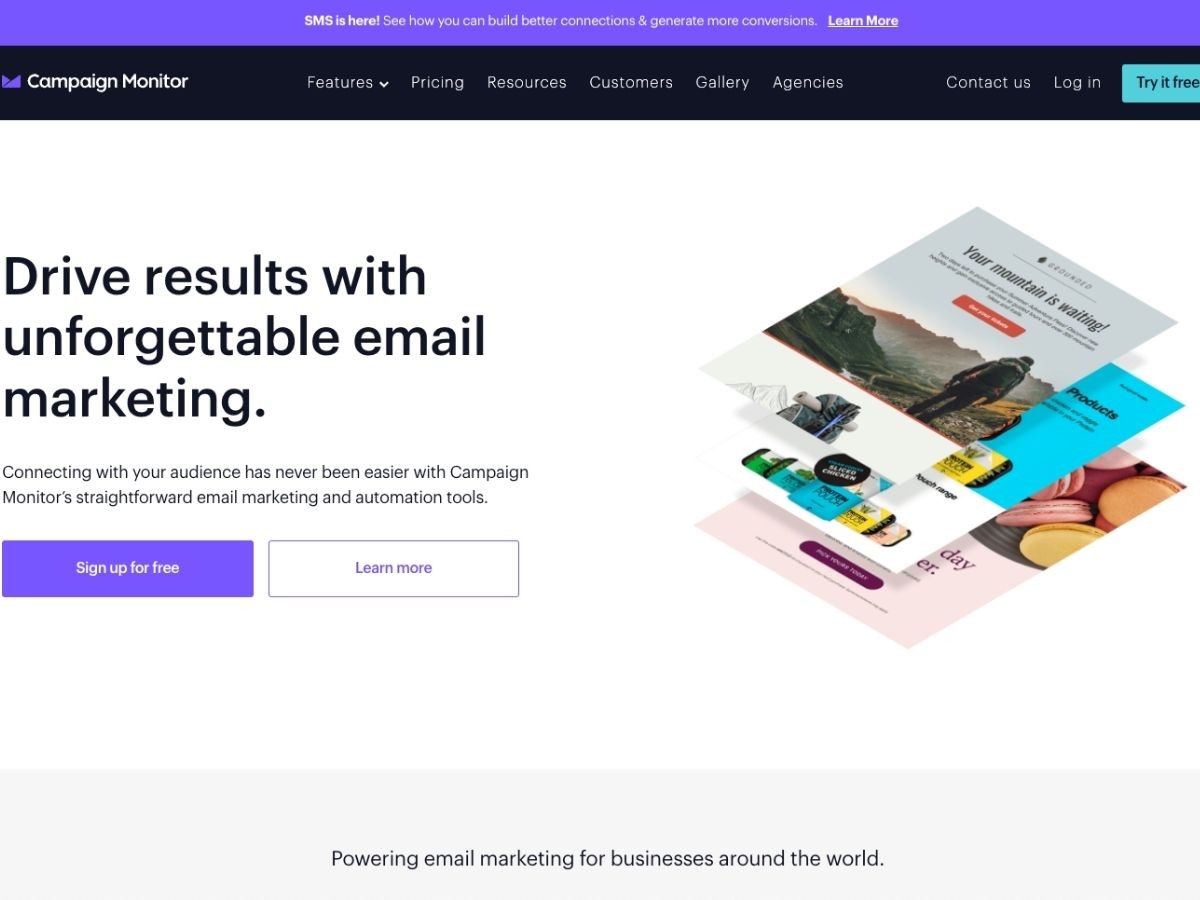
Campaign Monitor is a straightforward email marketing tool that allows marketers to build highly personalized, well-designed emails. Its drag-and-drop email builder is easy to use and engagement-based segmentation functionality means that targeting subscribers is simple.
Main features:
Build and personalize emails
Drag-and-drop builder
Email and mobile preview
Manage email lists
High-volume sending
Manage email deliverability
Automated email responses
A/B testing
Basic reporting
4. Moosend
Known for: multimedia emails.
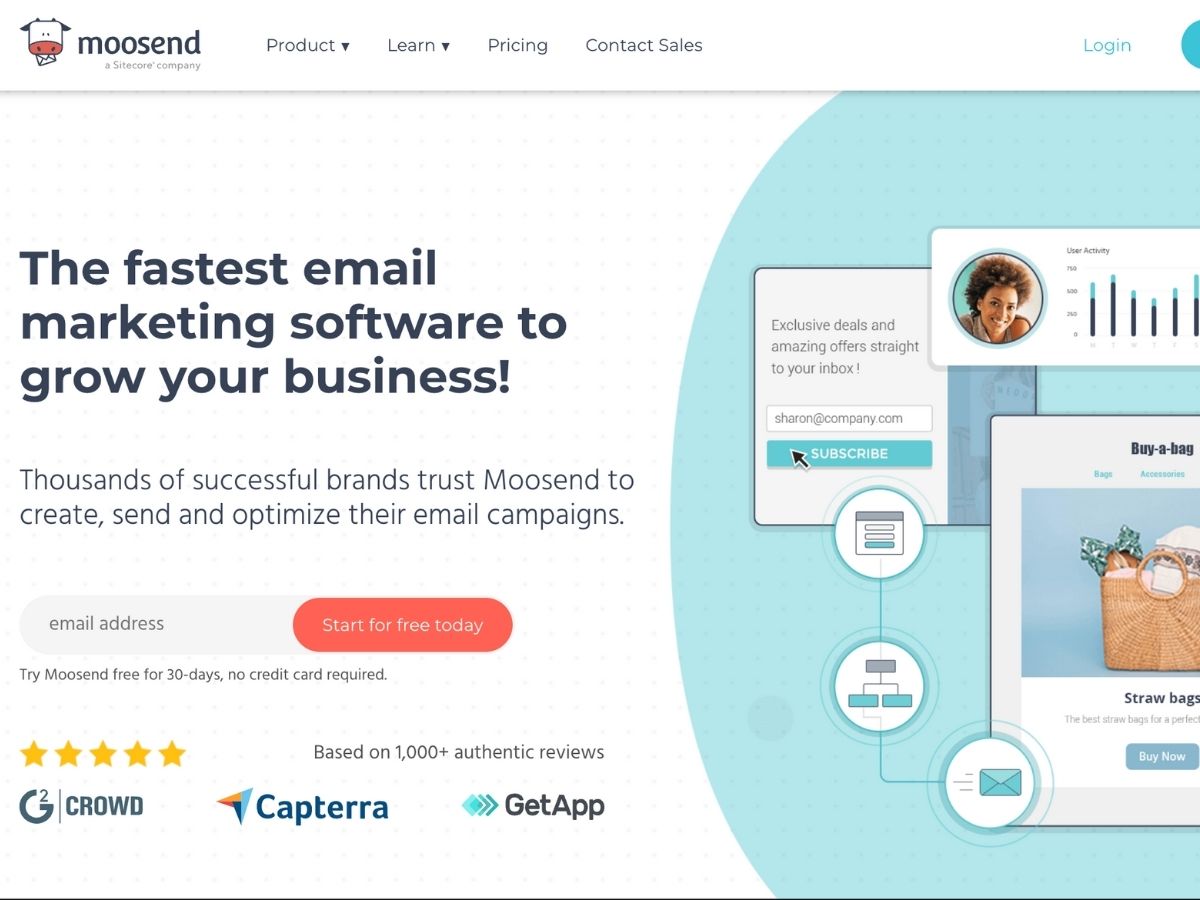
Moosend is a marketing automation and email marketing platform that allows users to easily create email newsletter campaigns, subscription forms, and landing pages.
Main features:
Email and mobile preview
Build and personalize emails
Automated email responses
Manage email lists
High-volume sending
Management email deliverability
5. Omnisend
Known for: omnichannel marketing.
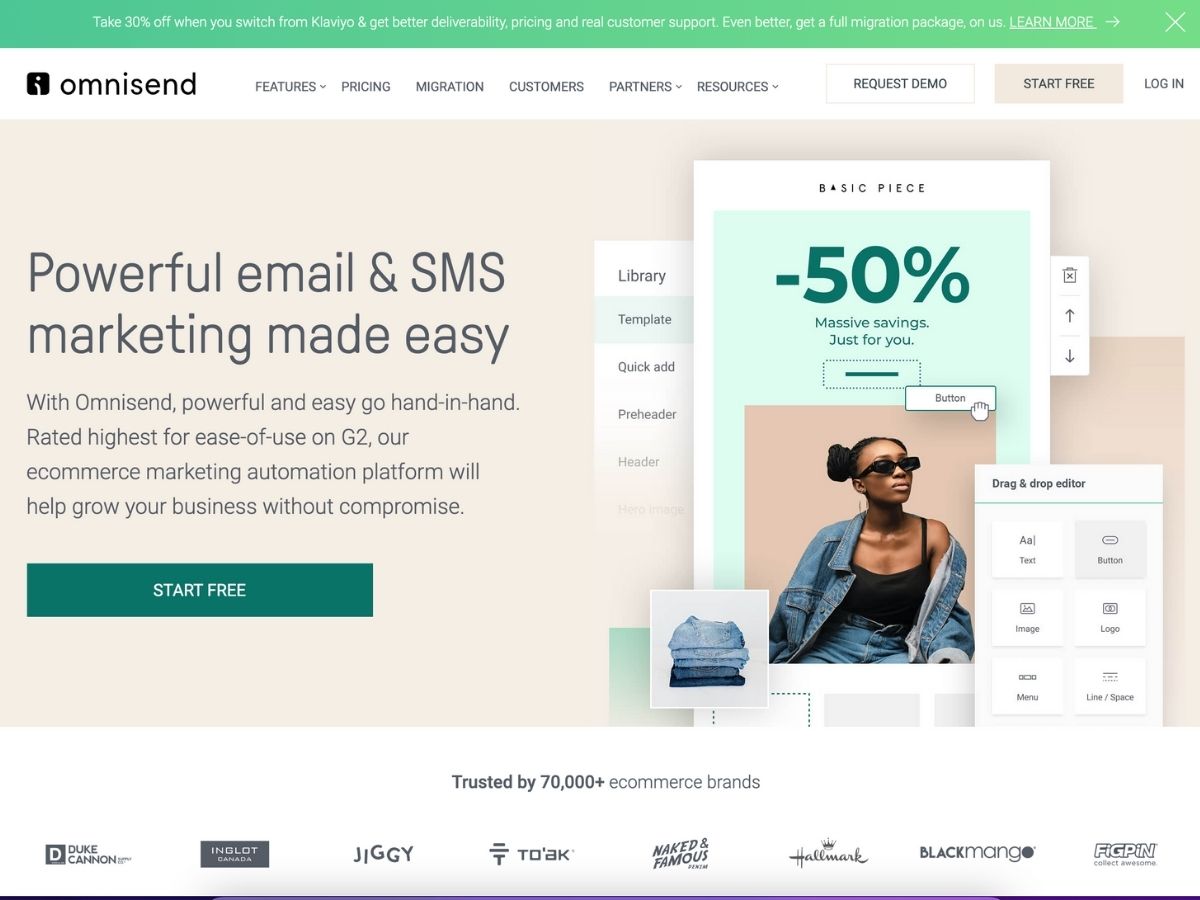
With Omnisend, marketers can build automated custom workflows for all stages of the customer journey. The omnichannel functionality provides greater control over customer interactions across multiple channels in addition to email – SMS, social media, website, etc.
Main features:
Build and personalize emails
Automated email responses
Dynamic content
Mobile optimized
Segmentation
Online behavior tracking
Basic reporting
ROI analytics
6. Privy
Known for: Servicing ecommerce brands
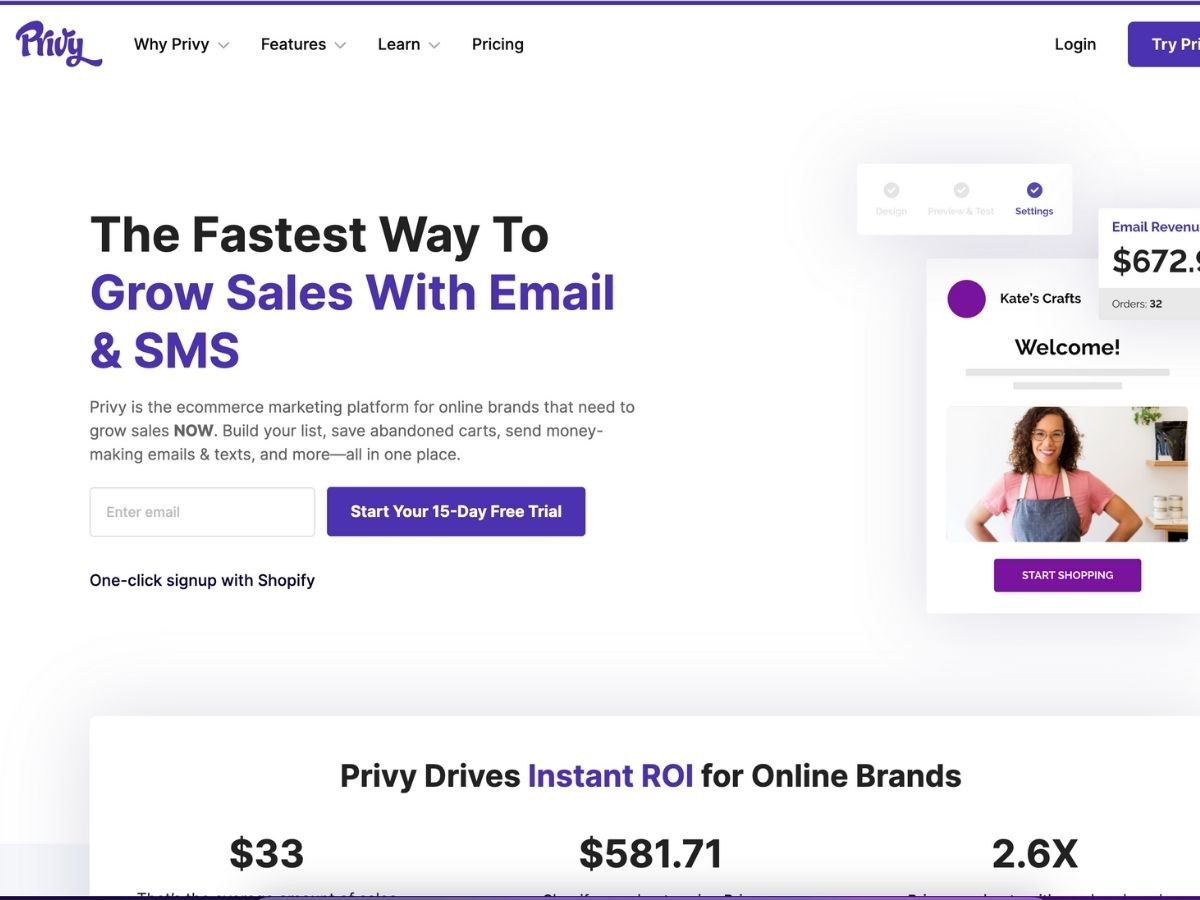
Privy is a marketing platform specializing in growing ecommerce businesses. Users can build email lists, save abandoned carts, send automated emails and texts, and more.
Main features:
Email and mobile preview
Build and personalize emails
Manage email list
Manage deliverability
High-volume sending
Pre-designed templates
Mobile optimized
Basic reporting
7. AWeber
Known for: entry-level, user-friendly email marketing for small businesses.
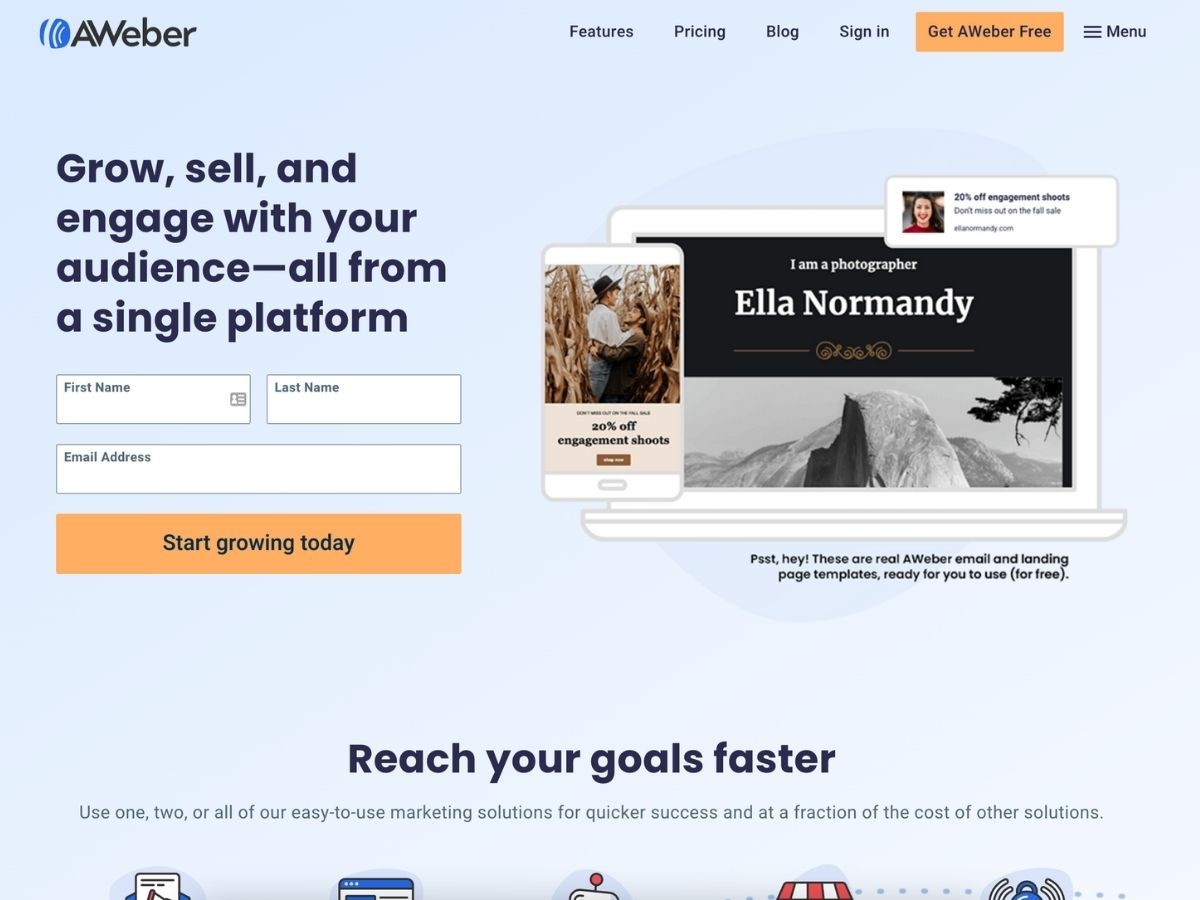
AWeber is an email platform purpose-built for small businesses and entrepreneurs. It allows users to easily segment their email lists, build well-designed emails, and nurture leads.
Main features:
Data import & export
Email and mobile preview
Build and personalize emails
Automated email responses
Manage email lists
High-volume sending
Manage email deliverability
A/B testing
Basic reporting
8. GetResponse
Known for: global email marketing.
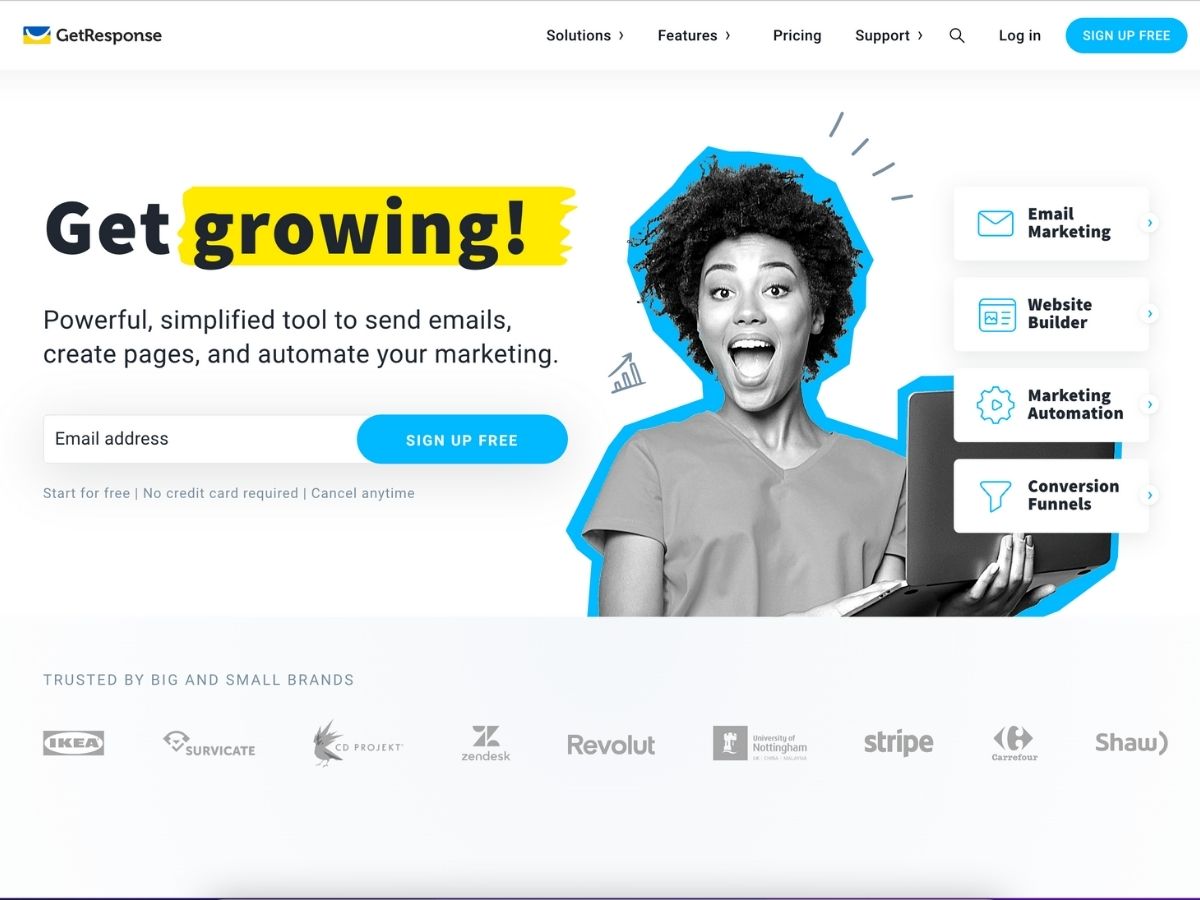
GetResponse is a marketing software with over 30 tools in an easy-to-use platform, available in over 20 languages. GetResponse also offers landing pages, a CRM, and a webinar solution.
Main features:
Build and personalize emails
Manage email deliverability
Automated email responses
Landing pages and forms
Dynamic testing
A/B testing
Mobile optimized
Marketing lead database
Segmentation
Lead scoring and grading
Basic reporting
The final word
With the right email marketing software, you can automate time-consuming manual tasks to ensure email marketing best practices and in turn, regain valuable time better spent on analyzing performance and improving strategy.
Author

More by Ellie Wiseman
Ellie Wiseman has no more articles
